Miscellaneous documents
Reference: D/X 1940 Catalogue Title: Miscellaneous documents Area: Catalogue Category: Other Records Description: Jeremiah Dixon of Cockfield
Covering Dates: 1770s
Access: open
Related Information
Catalogue Index
Use  and
and  to reveal/hide the structure of the catalogue index (requires Javascript to be enabled in your internet browser options). Click to jump directly to information at a specific level of the catalogue.
to reveal/hide the structure of the catalogue index (requires Javascript to be enabled in your internet browser options). Click to jump directly to information at a specific level of the catalogue.
- Miscellaneous documents
Catalogue Description
Jeremiah Dixon was born on 27 October 1733 at South Side, an area now in Bishop Auckland, the son of George Dixon of Cockfield and his wife Mary, nee Hunter (married 28 February 1724). He spent much of his life travelling, but later lived at Garden House, Cockfield, home of his brother, George, a coal pit owner. Although he was of Quaker background (his family attending the Raby/Staindrop meetings), he seemed to be adventurous and independent. He was expelled from the religious community in 1760 for taking 'undue liberty as drinking to excess and keeping loose company' (ref. SF/St/MM 3/2). This episode seems to actually help him focus on discoveries and inventions.In 1760 Dixon became an employee of the Royal Society (confusingly another, contemporary, Jeremiah Dixon of Leeds was a member of the Royal Society), for which he embarked on the frigate 'Seahorse' to South Africa to observe a transit of Venus and make detailed notes on weather conditions and navigational accuracy from the captain's log while on the way. Shortly after leaving Portsmouth the ship was involved in a sea battle with the French frigate 'Le Grand' in the English Channel. The encounter lasted over an hour before 'Seahorse' was 'rescued' by HMS 'Unicorn' and HMS 'Hornet'. However the Captain's log reports: 'The action lasted an hour and a quarter with great warmth, were board and board 3 different times, at ¼ past 12 she made all the sails she could from us, we all we could after her but could not bring her to a second action she outsailed us so much' and the other ships only arrived after the action was ended.
He is mostly known for his work with Charles Mason on delineating the border line between Pennsylvania and Maryland (1763-67) ending a dispute between these two states. The boundary is known as the Mason-Dixon line.
He also contributed to studies of the Solar System and participated in observations of transits of Venus in 1761 and 1769, notes of which were used by generations of astronomers. He worked with several famous astronomers of the time, and would probably have known Thomas Wright from Byers Green.
He was a very keen surveyor, producing maps and drawings of places he visited and lived in, including Cockfield Estate and Southside. Many surviving records are kept in Raby Castle.
He died in 1779 and was possibly buried in the Quaker burial ground at Staindrop, which is no longer in existence, being part of a private garden.
See Jonathan Peacock, Jeremiah Dixon: Scientist, Surveyor and Stargazer, to accompany an exhibition on Dixon at the Bowes Museum, summer 2013 [ref. DCRO Library E 96]
Thanks to Jonathan Peacock for additional information about Jeremiah Dixon, December 2018
Catalogue Contents
D/X 1940 Jeremiah Dixon of Cockfield (Ref: D/X 1940)Ref: D/X 1940/1
Specifications and drawings of Newcomen atmospheric steam engine by Jeremiah Dixon, n.d. [1770s]
Includes notes on Archimedes' principle.
(1 paper)


